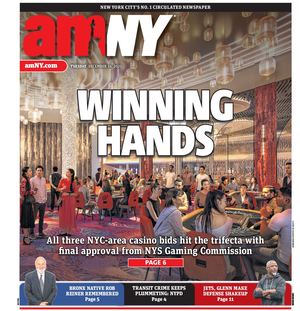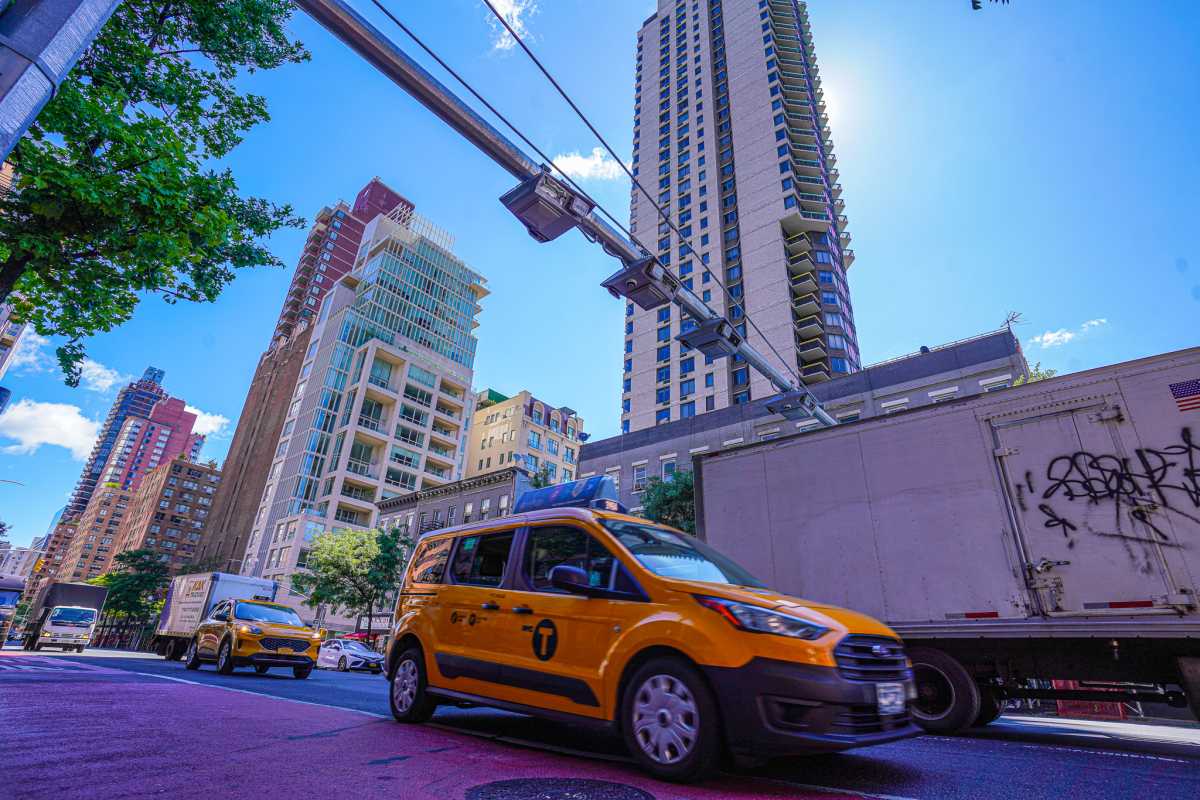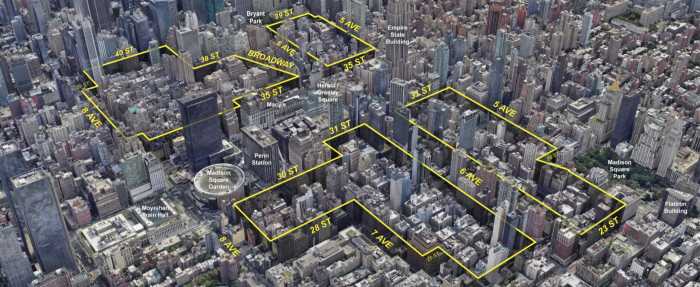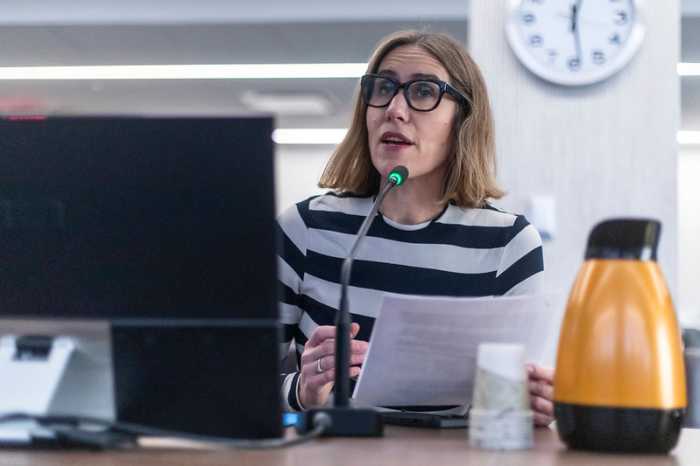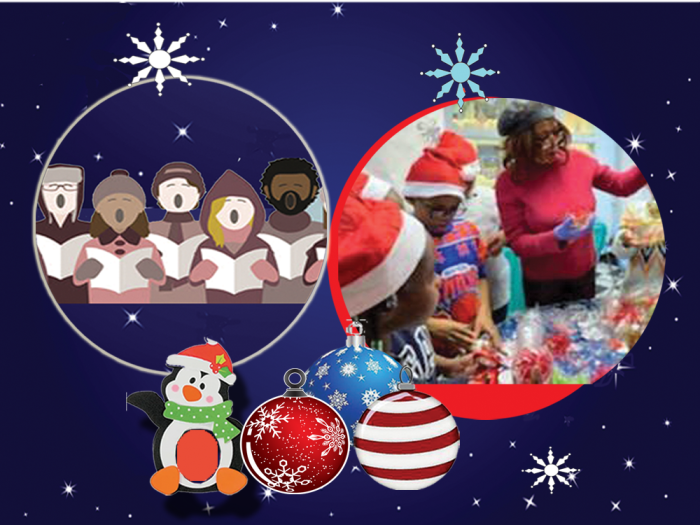Asked Tuesday about how New York state planned to fund necessary MTA improvements with congestion pricing still on “temporary” pause, Gov. Kathy Hochul was again light on answers — saying that Albany lawmakers were still “massaging” through several unspecified alternates.
New York state still needs to help the MTA find $15 billion in revenue to fund an array of essential transit improvements — signal and switch upgrades, more accessible stations, cleaner and more reliable buses, expanded bus routes, etc. The MTA will present a pared-down capital plan in October focused on maintenance to keep its transit system operational, but it is not enough; the money must be found to modernize the transit system that keeps this city moving, or risk both infrastructural and economic calamity.
Without congestion pricing, where will that money come from? Some of the ideas kicked around in Albany days after the pause took effect might offer a clue on possible future action from Hochul and the state Legislature.
One idea would be increasing payroll taxes on New York City businesses. This would hurt everyone — employers and employees alike — who works or does business in the Five Boroughs, regardless if they drive or take the train or bus to work. It would effectively be a tax on living in New York City — one of the most expensive places on Earth.
Also, the MTA already has a regional payroll tax in place, and it’s not nearly enough to adequately fund massive capital improvements. The tax would need to go up significantly. Good luck trying to sell that to voters come election time.
Another idea would be reallocating money from the state’s general fund, but by effectively robbing Peter to pay Paul, the assistance given to the MTA would be limited. Initially, Albany lawmakers wanted to provide the MTA with $1 billion from the general fund for this year, buying time to purportedly find alternative funding sources next year; lawmakers rejected that idea before ending the legislative session in June.
The general fund idea was never a serious funding plan. All it does is let lawmakers kick the can indefinitely, and force the MTA into annually begging Albany for additional allocations like a modern day Oliver Twist asking for another bowlful of gruel.
Congestion pricing remains the most viable funding path for the MTA to finally bring the city’s transit system into the 21st century. It is a secure revenue stream that neither Albany nor City Hall can touch.
Yes, New York City drivers will have to pay for the privilege of driving into Manhattan, and New Yorkers will not see an immediate improvement in public transit. But it pays forward a better, stronger New York that can compete with the rest of the world.
And every day Hochul keeps congestion pricing on ice, seeking a viable alternative that doesn’t exist, is another day keeping New York stuck in the past.
Read More: https://www.amny.com/news/
